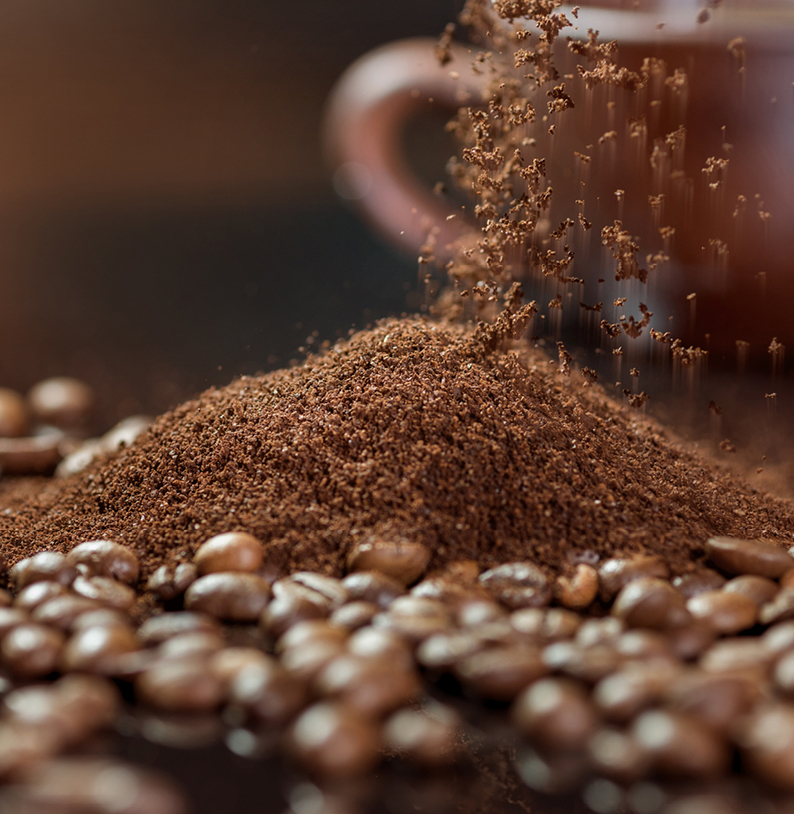Crafting the perfect espresso is both an art and a science. While beans, water quality, and machine settings play critical roles, your grinder is arguably the cornerstone of espresso perfection. If your grind size is off, even the highest-quality beans and a state-of-the-art espresso machine won’t deliver that rich, crema-topped shot. Here’s a detailed guide to adjusting your commercial grinder to achieve espresso excellence.
Why the Grind Size Matters
Grind size affects how water interacts with coffee grounds during extraction. Too fine, and the water struggles to pass through, resulting in over-extraction and a bitter taste. Too coarse, and water flows too quickly, leading to under-extraction and a weak, sour shot.
Your goal? A grind size that allows for an extraction time of 25-30 seconds with a yield of about 1-2 ounces for a single shot. This creates a balanced espresso with sweetness, acidity, and body.
Pre-Adjustment Checklist
Before you begin adjusting your grinder, ensure:
1. Fresh Beans: Use beans roasted within the last 2-4 weeks for peak flavour.
2. Clean Equipment: Old coffee oils and residue can interfere with grind consistency. Clean the grinder thoroughly before making adjustments.
3. Calibrated Scales: Have a reliable scale on hand to measure your coffee dose accurately.
4. Stable Environment: Avoid making adjustments in environments with fluctuating temperature or humidity, as these can affect grind size.
Steps to Adjust Your Commercial Grinder
1. Understand Your Grinder’s Adjustment Mechanism
Commercial grinders typically have one of two adjustment systems:
Stepless Adjustments: Allow for precise, infinite control over grind size. Ideal for dialing in espresso.
Stepped Adjustments: Feature preset grind levels, making adjustments quicker but less precise.
Familiarize yourself with your grinder’s mechanism, as the adjustment process will vary slightly between models.
2. Set a Baseline
Start with a Midpoint Setting: If your grinder is new or settings were changed drastically, start in the middle of its adjustment range.
Pull a Test Shot: Grind, tamp, and pull an espresso shot. Note the extraction time, taste, and shot volume.
3. Adjust the Grind Size
If Extraction is Too Fast (Under-Extracted): Flavour Profile: Sour, weak, watery.
Solution: Turn the adjustment collar or knob finer (clockwise on most grinders). A finer grind slows water flow, increasing extraction time.
If Extraction is Too Slow (Over-Extracted): Flavour Profile: Bitter, harsh, muddy.
Solution: Adjust to a coarser grind (counterclockwise on most grinders). A coarser grind speeds up water flow, reducing over-extraction.
4. Fine-Tune the Dose
The amount of coffee used also impacts the extraction. Aim for:
Single Shot: 7-9 grams of coffee.
Double Shot: 18-20 grams of coffee.
After each grind adjustment, weigh your dose to ensure consistency.
5. Test and Taste
Pull another shot after making adjustments. Monitor:
Extraction Time: Ideal range is 25-30 seconds.
Crema Quality: A well-balanced shot will have a thick, golden crema.
Taste: Look for a harmonious blend of sweetness, acidity, and bitterness.
Repeat adjustments in small increments until the shot tastes perfect.
Pro Tips for Maintaining Consistency
1. Account for Bean Changes: New beans, even from the same roaster, may require slight adjustments due to differences in roast level or bean density.
2. Adjust for Humidity: Higher humidity can cause beans to absorb moisture, requiring a slightly coarser grind. Conversely, dry conditions may need a finer setting.
3. Calibrate Regularly: Recalibrate your grinder weekly or whenever you change beans.
4.Keep Burrs Sharp: Dull burrs lead to inconsistent grind sizes and uneven extractions. Replace them as recommended by the manufacturer.
Troubleshooting Common Issues
Uneven Extraction: Check for inconsistent tamping or channeling. Ensure the grinder burrs are clean and aligned.
Grinder Choking: If the espresso machine struggles to pump water through, your grind may be too fine. Coarsen slightly and retest.
Inconsistent Shots: Variability in dose or tamp pressure is often the culprit. Standardize your workflow.
Final Thoughts
Adjusting your commercial grinder is a dynamic process. Factors like bean origin, roast level, and environmental conditions mean that the “perfect grind” is not a one-size-fits-all solution. With patience, a keen palate, and a willingness to experiment, you’ll master the adjustments needed for consistently great espresso.
Remember, practice makes perfect. The more you dial in, the better you’ll understand how your grinder interacts with different beans—and the closer you’ll get to espresso perfection. Happy brewing!




